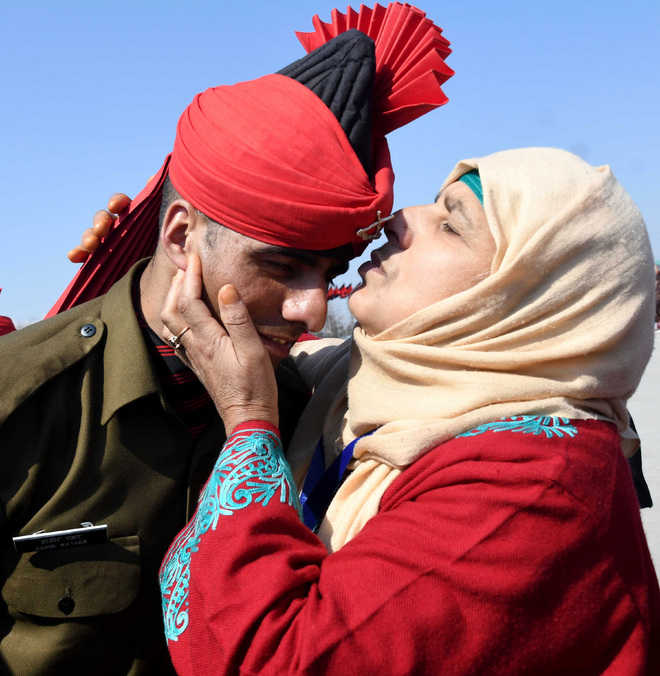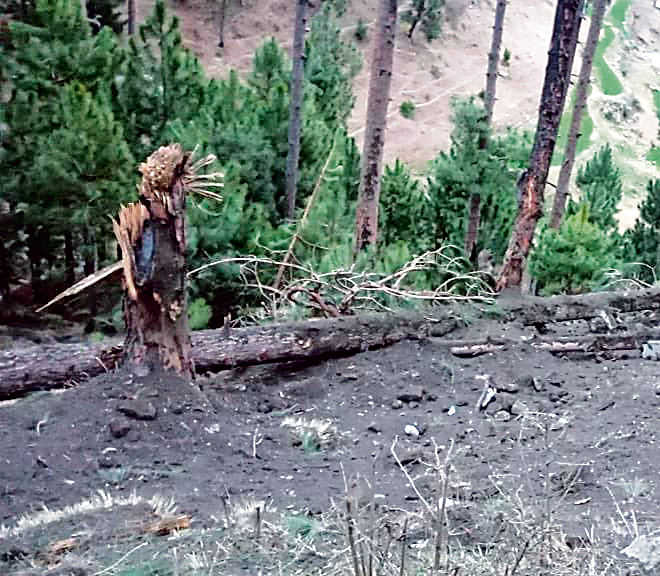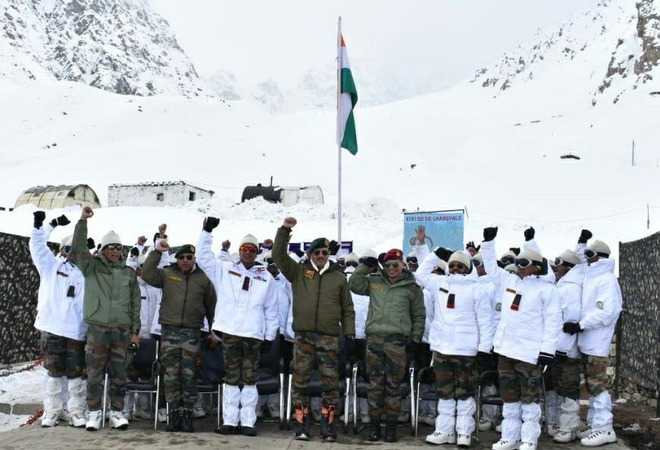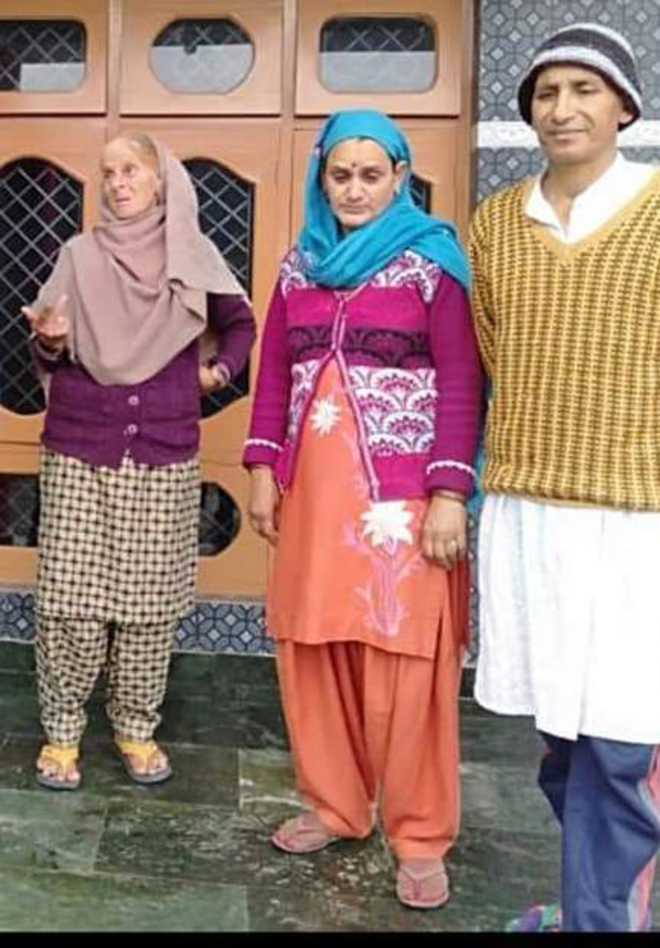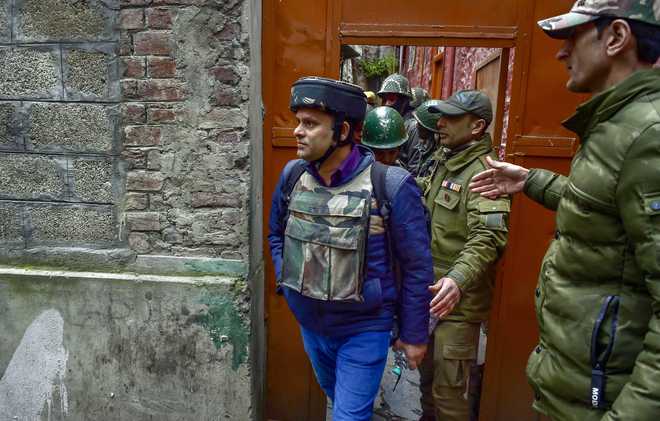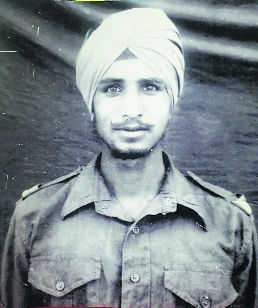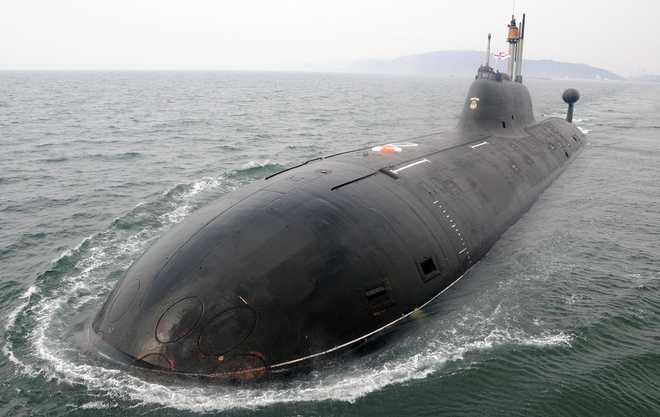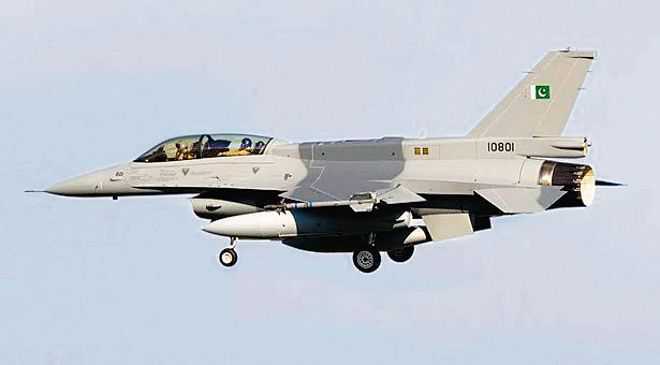During the Modi rule, fighting terrorism was the primary job of the armed forces, never mind the growing real threats from the two military lines, with Pakistan and China. Since terrorism had a global appeal, fighting it would help raise Modi’s stature on the world stage.
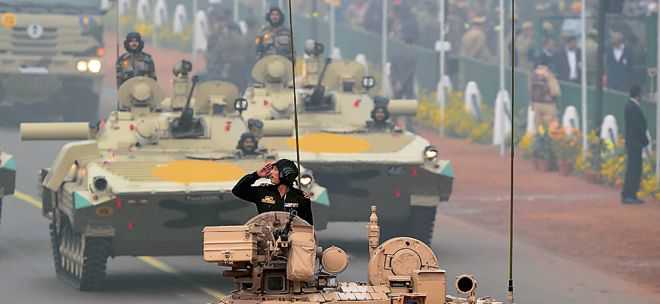
Projecting a muscular India: To further the right-wing agenda.
Pravin Sawhney
Strategic Affairs Expert
Contrary to the perception, five years of the Modi government have weakened India’s national security since the focus was not on making India militarily strong, but on furthering the right-wing agenda of projecting a muscular India. This was done by a three-pronged simultaneous plan: identification of a desirable threat; centralised defence planning; and deep selection of service chiefs. This has eliminated the need for urgent military reforms. Interestingly, nobody even noticed this.
The recent appointment of Vice-Admiral Karambir Singh as the next Chief of Naval Staff superseding an officer does not mean that he manipulated his elevation. All it implies is that he was perceived as more suitable for the task at hand which was explained by the Prime Minister himself in October 2014. Addressing the combined commanders’ conference, Narendra Modi had said, “The threats may be known, but the enemy may be invisible.” At once, it was clear that fighting terrorism would be the primary job of the armed forces, never mind the growing real threats from the two military lines, with Pakistan and China.
Since terrorism had a global appeal, it would help raise Modi’s stature on the world stage. With the National Security Advisor (NSA) Ajit Doval himself being a counter-terror specialist, he could comfortably lead the defence services. The generals, who had risen in service doing counter-terror operations (CT ops) for over three decades, were delighted. They were no longer required to make excuses for not going back to their primary role of war-fighting — a thankless job without the attendant perks like publicity, promotions and awards. Not for nothing the two-year tenure of 15 Corps Commander (in Kashmir) was curtailed to less than a year to accommodate the growing list of aspirants vying for the prized posting. Moreover, the Modi dispensation managed to manipulate most of the media and the mood of people, who, charged with ultra-nationalist fervour, took pride in counting our own dead draped in the Tricolour instead of asking the government why so many of our own were dying.
Once terrorism became the primary threat, the need for urgent military reforms to make India militarily strong became unnecessary. Fighting terror is a single service, low-level tactical job. Each service can identify the terror threat on land, sea and air, and then keep fighting it till kingdom comes. Unless the support, source and sanctuaries of terrorists in Pakistan are not threatened, faceless terrorists can never be defeated. Ironically, even for a decisive victory against terrorism, India needs to build credible war-fighting capabilities, which in turn requires major political and military reforms, including joint training for optimal results. The army is least happy with this prospect — its large numbers and prominent role would be drastically reduced — since given the rapid technology infusion, modern war-fighting entails pivotal role for the air force.
There is an added problem. In war-fighting, offence is the best defence. This means that all fences that the army has built on the border and around itself since the November 2003 ceasefire would have to be dismantled, and the risk of actual war with Pakistan would rise. Unfortunately, the political leadership does not understand war dynamics between nuclear adversaries, and the military is unprepared for it. Hence, the focus on low-grade CT ops, which bleeds us more!
In order to formally oversee the threat of terrorism, the Defence Planning Committee (DPC) under the NSA was created in April 2018. The DPC was required to formulate the national security strategy, defence capability building plan, defence manufacturing eco-system and defence diplomacy. With this, the job of the Defence Minister was officially rendered to be ceremonial, with the three services chiefs and senior civilian defence officials reporting to the NSA. On the one hand, urgency was given to equipment and withal needed for fighting terror, on the other hand, the services were asked to formulate and prioritise their capability-building plans based on available finances. With chances of a war with Pakistan and China (it takes two to fight) being assessed to be low, military reforms like the post of Chief of Defence Staff, theatre commanders and so on are subjects for seminars and debates.
It is immaterial that centralised defence planning would throw up limited options on how to deal with adversaries. This suited the Modi dispensation since end-game for use of force was already decided. The need was for military leadership to do it, and the veteran fraternity to applaud it. For example, the army leadership insisted that the 2016 so-called surgical strikes — which were neither surgical or strikes against the real adversary (Pakistan) — indicated unprecedented signalling. It is another matter that the then foreign secretary, S Jaishankar, called them ‘low-level, targeted, counter-terror operations’, and the Pakistan army, cognisant of reality, decided to payback with increased proxy war. The Army Chief, General Dalbir Singh, who oversaw these operations was found hobnobbing with the BJP top brass post retirement, and his Vice-Chief, Lt-Gen Bipin Rawat, was made the Army Chief, superseding two officers. The government, however, made the mistake of saying that Rawat was elevated for his expertise in CT ops (no one had asked the government); this let the cat out of the bag: why focus on CT ops rather than the tangible conventional threats?
When Modi ordered the 2019 air strike, Pakistan immediately retaliated in full force in daytime, exposing India’s defunct war escalatory capability even when India called it an action against ‘non-military’ targets. The Indian Air Force did not tell Modi that the use of air power would be unacceptable to Pakistan since it would imbalance conventional warfare parity between the two sides. Worse, senior air force veterans assessed that the air spat is good use of air power.
Not to be left behind, the outgoing Navy Chief, Admiral Sunil Lanba, recently spoke of terror threat from sea. This when the threat of interoperability between China and Pakistan navies is staring in the face. Wonder if this was deliberate signalling to indicate the government would choose its favourable officer for what it believes is the threat to nation.
